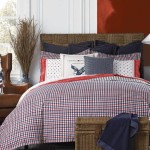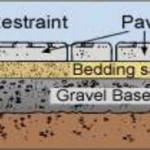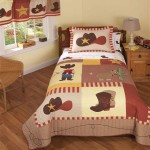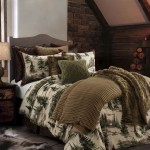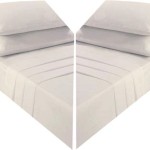What Bedding Can I Use For A Guinea Pig?
Guinea pigs are delightful pets that require specific care and attention, including choosing the right bedding. Proper bedding can help maintain their health and well-being. Let's explore the different types of guinea pig bedding available and their pros and cons:
1. Paper Bedding
Paper bedding, made from recycled paper, is widely available and affordable. It's effective in absorbing moisture and controlling odors. However, it can be dusty and can irritate guinea pigs with respiratory issues. Its absorbency may lead to soggy areas, requiring frequent changes.
2. Wood Shavings
Pine and cedar wood shavings are commonly used for guinea pigs. They are absorbent, provide insulation, and can control odors. However, some wood shavings contain harmful phenols that can irritate guinea pigs' respiratory systems. Aspens shavings are a safer wood option, but they can be more expensive.
3. Fleece Bedding
Fleece bedding is a soft and absorbent option that can be washed and reused multiple times. It's comfortable for guinea pigs and helps control odors. However, fleece requires regular washing to prevent bacteria and odor buildup. It can also snag on guinea pigs' claws.
4. Hay Bedding
Natural hay can serve as a comfortable and edible bedding. It provides insulation, encourages foraging, and absorbs moisture. However, hay bedding can be messy and can host mites or mold if not replaced regularly. It's recommended to use hay in combination with other bedding materials.
5. Aspen Granules
Aspen granules, made from compressed aspen wood, are highly absorbent and can control odors effectively. They are also dust-free and safe for guinea pigs with respiratory issues. However, aspen granules can be expensive and may not be as soft as other bedding options.
6. Straw
Wheat or oat straw can be used as a bedding supplement. It's absorbent and provides insulation but can be dusty and may irritate guinea pigs with allergies. It's not recommended as the sole bedding material.
7. Corn Cob Bedding
Corn cob bedding is made from crushed corn cobs. It's highly absorbent and can control odors well. However, it can be dusty and may not be suitable for guinea pigs with asthma. It's recommended to use corn cob bedding in moderation.
Choosing the Best Bedding
The ideal bedding for your guinea pig depends on their individual needs and preferences. Consider factors such as their age, health conditions, and cage environment. Choose a bedding that provides comfort, absorbs moisture, controls odors, and minimizes dust and allergens.
It's always advisable to try different bedding options to find what works best for your pet. Monitor their behavior and health closely for any signs of discomfort or irritation. Regular bedding changes and cage cleaning are essential to maintain a healthy and comfortable environment for your guinea pig.

Craft Me Happy How To Make Waterproof Guinea Pig Fleece Bedding

Guinea Pig Cage Makeover Fleece Bedding Is Back

How To Keep Your Guinea Pig Cage Clean The Fitnessista

Guinea Pig Resources

What S The Best Bedding For Guinea Pigs A Great Nights Sleep Your Cavy Home Roost

Best Bedding For Guinea Pigs 2024 Guineadad

What Is The Best Bedding For Guinea Pigs Small Pet Select Blogs

Bedding For Guinea Pigs

Comfy And Safe Guinea Pig Bedding Ideas Lovetoknow Pets

Fleece Bedding For Guinea Pigs Pros Cons How To Use Animallama

